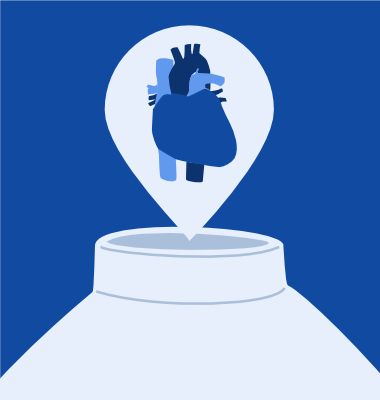In the UK, ~8000 people await vital transplants yet only ~2000 donor organs (of varying quality) are available. In the US around 14,000 donor organs are available for an even greater demand of ~100,000 patients. It is clear this demand cannot be supported by present technologies, or even by modest improvements on the present organ-storage methods. In the present system, static cold-storage, organs are treated with preservatives and then placed in a container packed in ice. This simple technology is highly limited; organ/tissue viability is limited to hours and rarely ever more than 24 hours. Delays in delivering these tissues to the patient means irreversible tissue degradation and in the worst cases postoperative organ failure and patient death.

Freezing organs would be the ideal alternative, only the main issue with freezing is the formation of ice crystals which cause irreversible damage. To address this, the science of vitrification has been developed. Vitrification means turn to glass; it is a process that replaces water molecules with a viscous compound that does not freeze, instead it forms a dense gel at the so called “glass transition” temperature, around - 80 C / -130 C while retarding the formation of ice. In living systems a large percentage of the intercellular water must be replaced by a vitrifying cryoprotective agent (CPA) to avoid the damaging effects of ice formation on intracellular and extracellular structures as temperatures are reduced. The glassy, stable vitrified formation is capable of supporting the delicate structures inside cells and the tissue can then be stored indefinitely at super-low temperatures without molecular changes or thermodynamic degeneration.
The science of vitrification at first led to great hopes for preserving entire human organs and other major tissues for medical use. Unfortunately, the components of current CPAs have toxic effects on human tissues with prolonged exposure, through mechanisms still poorly understood. Although we routinely (reversibly) vitrify small tissues, such as sperm and oocytes, corneas and some cell lines, larger tissues and whole organs remain a huge challenge. The extended periods necessary for perfusion of large tissues lead to greater exposure to CPA toxicity. There is little understanding of how CPAs impart toxicity in cells and tissues.
Recent techniques to get around these problems succeed to an extent by using combinations of CPAs that reduce toxic effects of any single agent. Modern CPAs now achieve weak water interactions to minimize disruption of hydration layers around biomolecules while added compounds confer a degree of toxicity neutralization. There is no one solution so far to the problem of cryopreservation; each tissue responds in different way to the library of CPAs now used. In some systems, non-penetrating CPAs with ice-blockers are favoured; this leads to faster cooling rates and lessens the exposure to CPA toxicity. Coupled with this, fast rewarming times are used to avoid devitrification (ice formation during thawing). By this method, it has been possible to keep toxicity low enough to freeze human samples of small size, such as oocytes, sperm, corneas, bone, and certain cell lines. Progress is encouraging yet the bulk of cryobiology research is still directed on vastly less complex structures in line with commercial demands. Much work remains to be done to apply vitrification to larger human organs.